Touring exhibitions
For nearly a century, we’ve been committed to sharing our world-class art and rigorous scholarship with museums worldwide.
Rodin at the Brooklyn Museum: The Body in Bronze
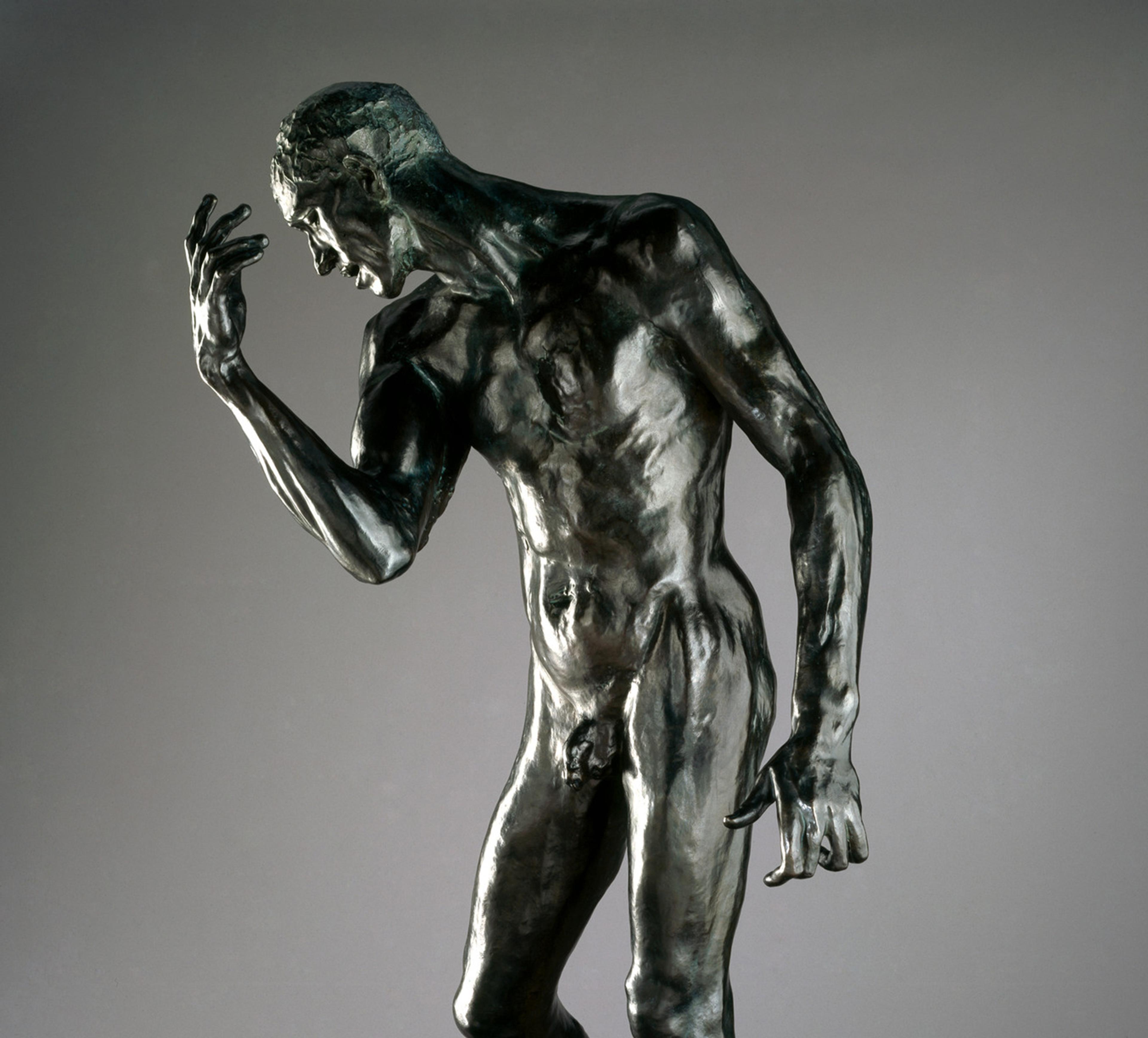
Antoine-Louis Barye: Wild Kingdom
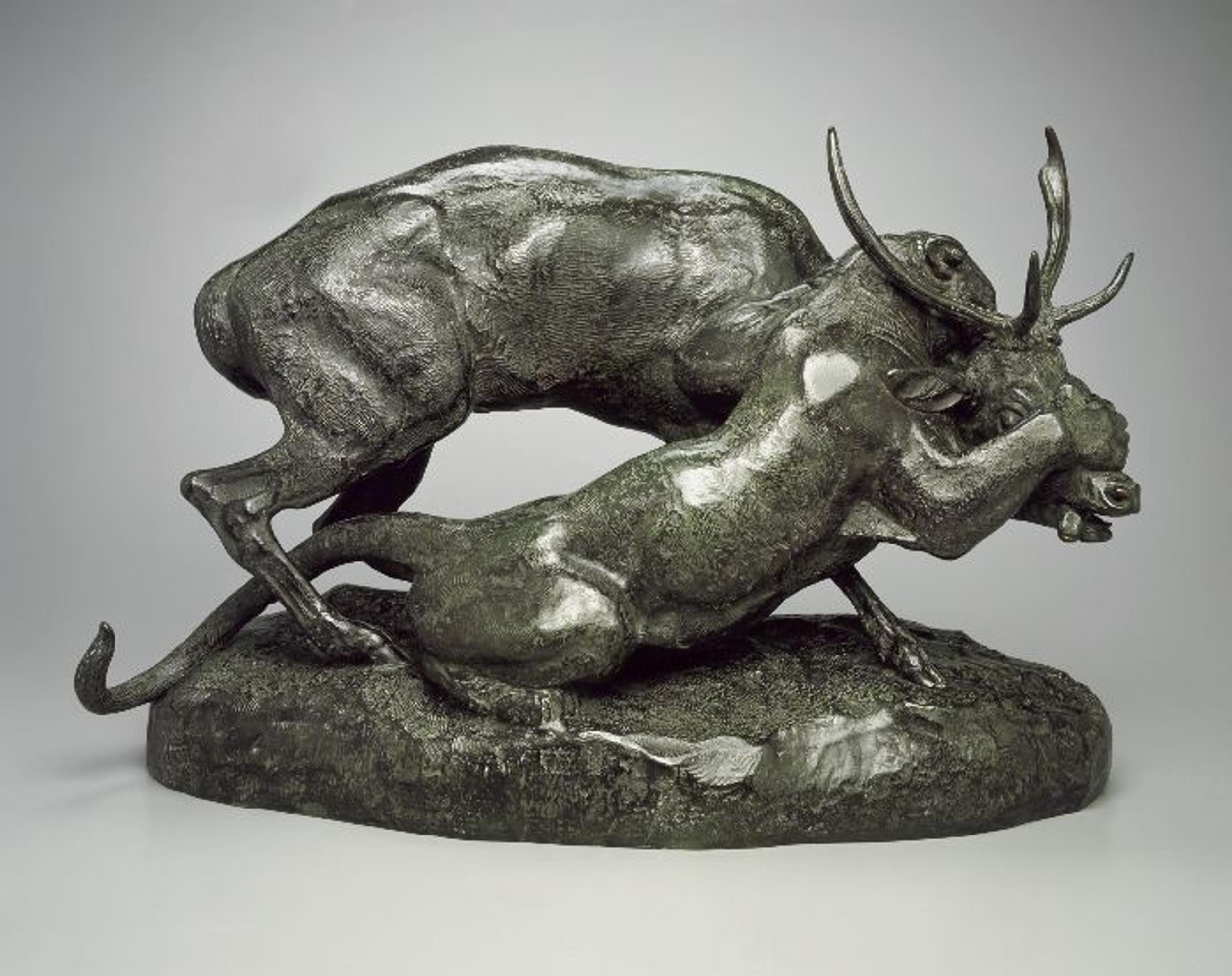
In the Now: Gender and Nation in Europe, Selections from the Sir Mark Fehrs Haukohl Photography Collection
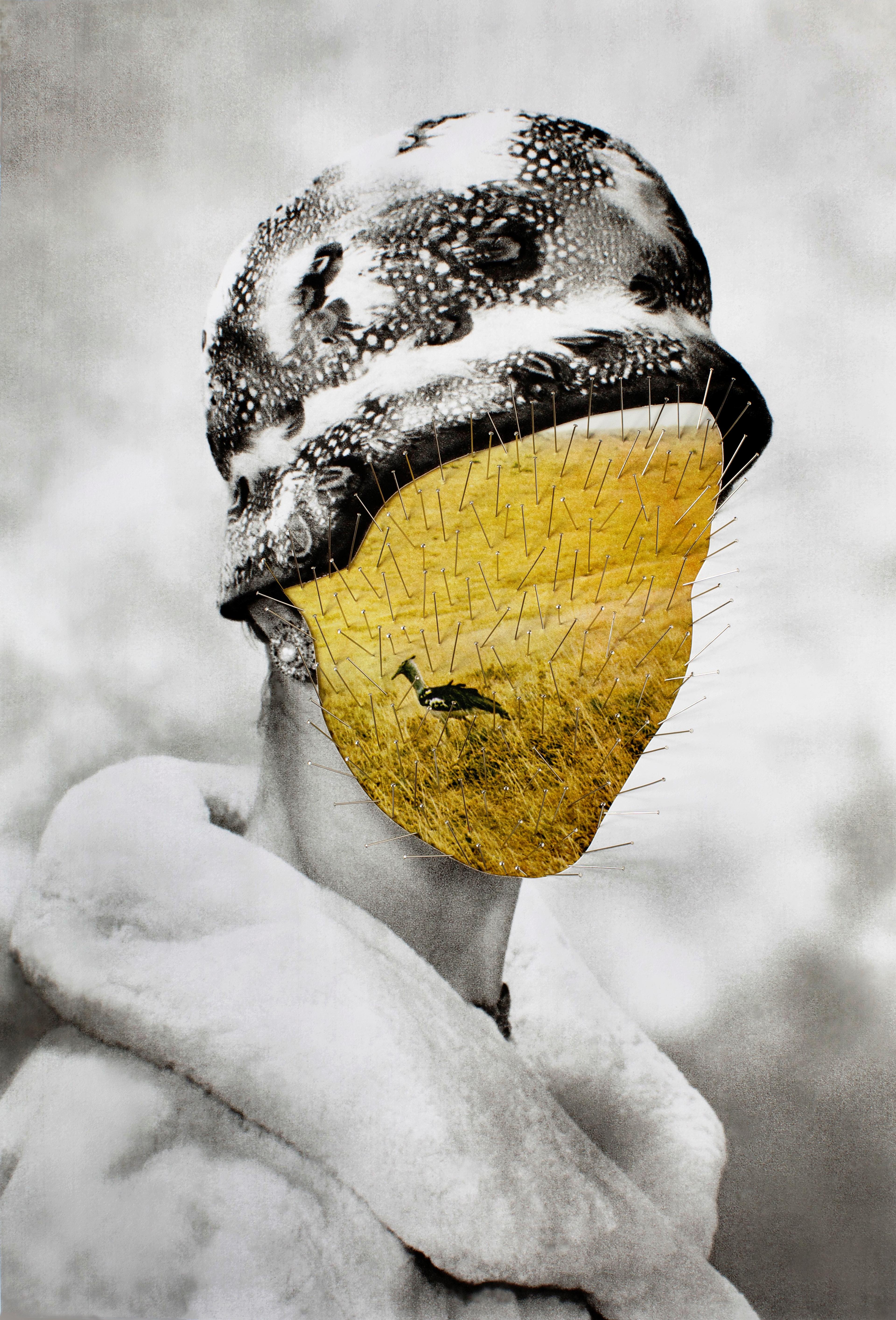
Consuelo Kanaga: Catch the Spirit
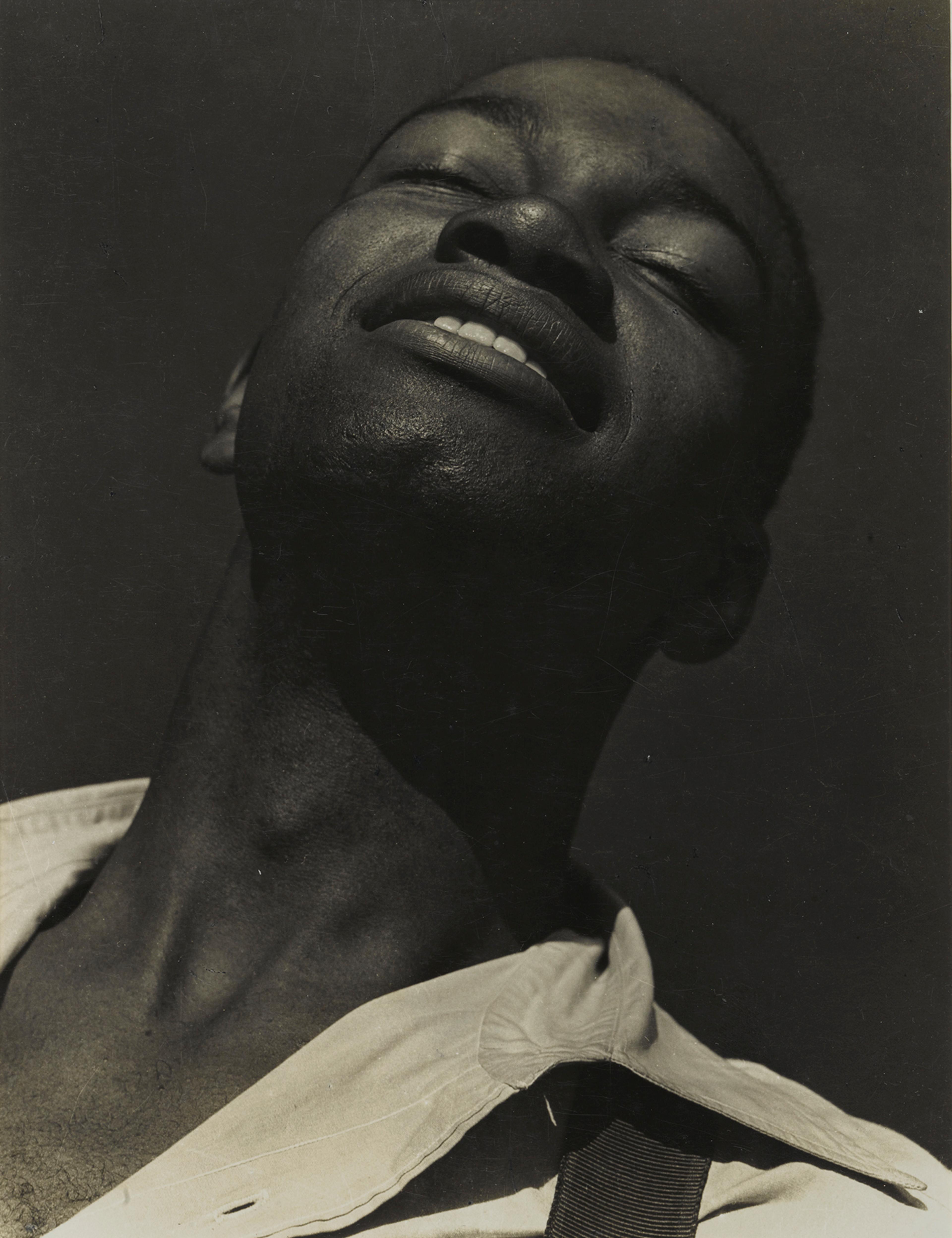
Giants: Art from the Dean Collection of Swizz Beatz and Alicia Keys
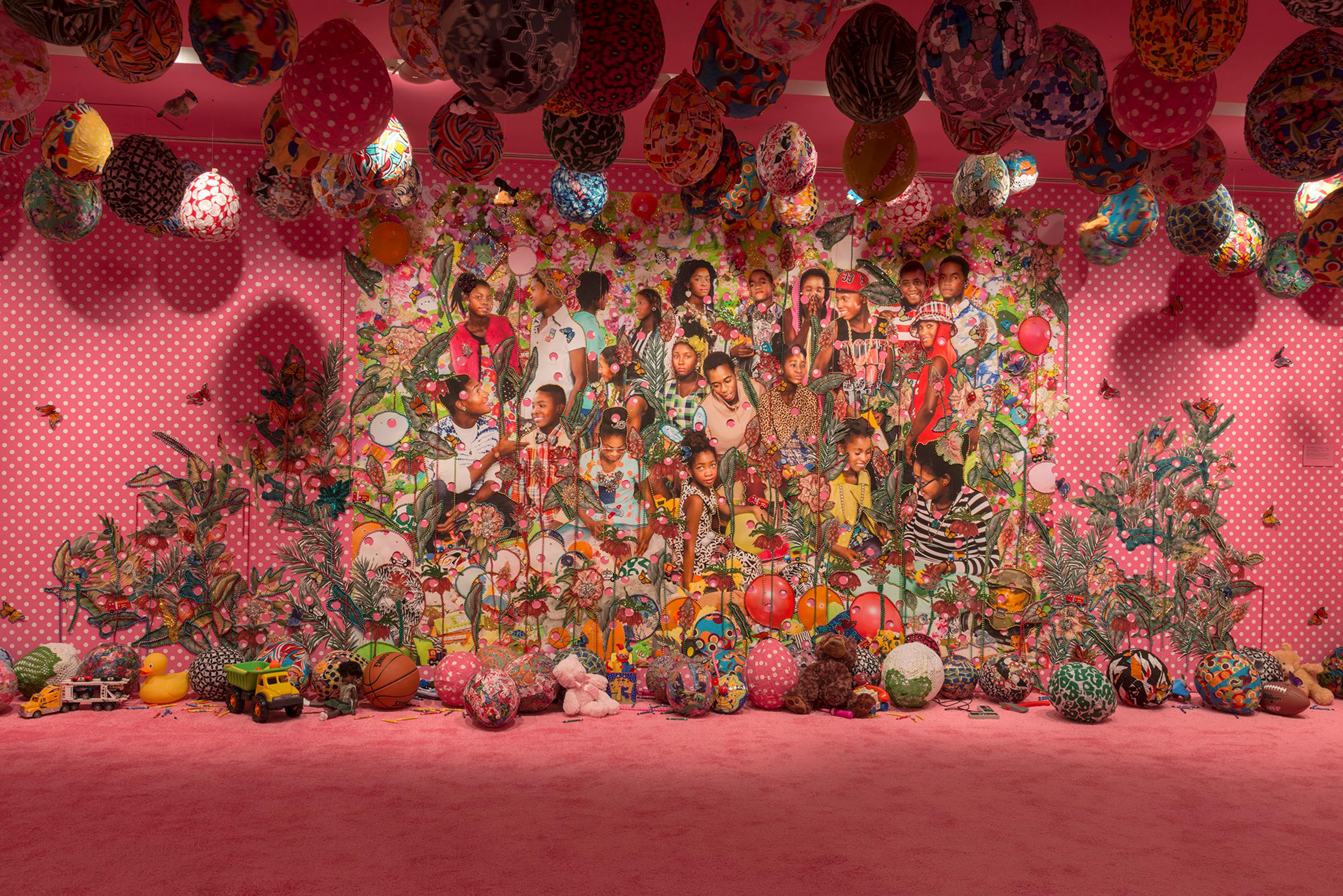
French Moderns: Monet to Matisse, 1850–1950
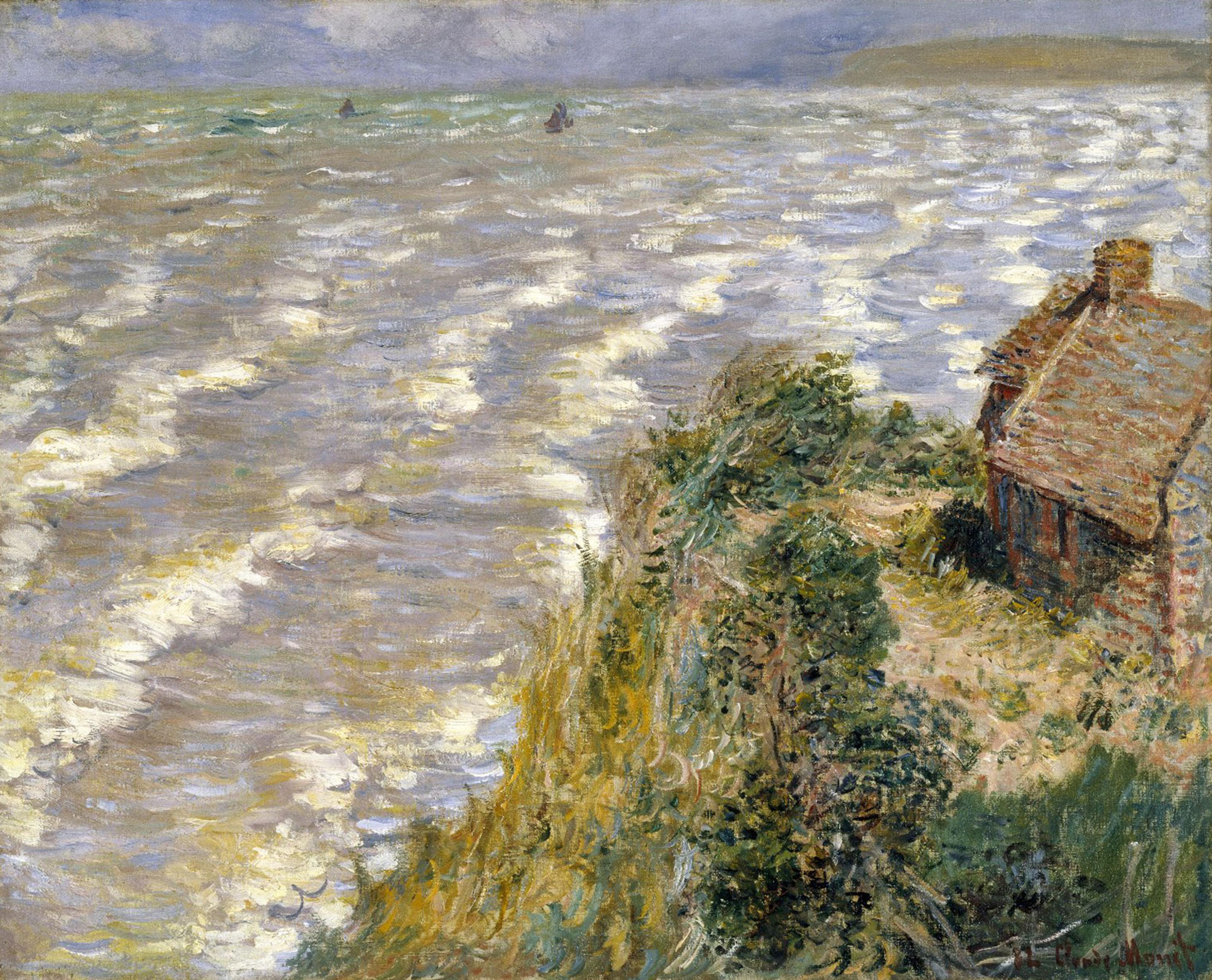
Soulful Creatures: Animal Mummies in Ancient Egypt
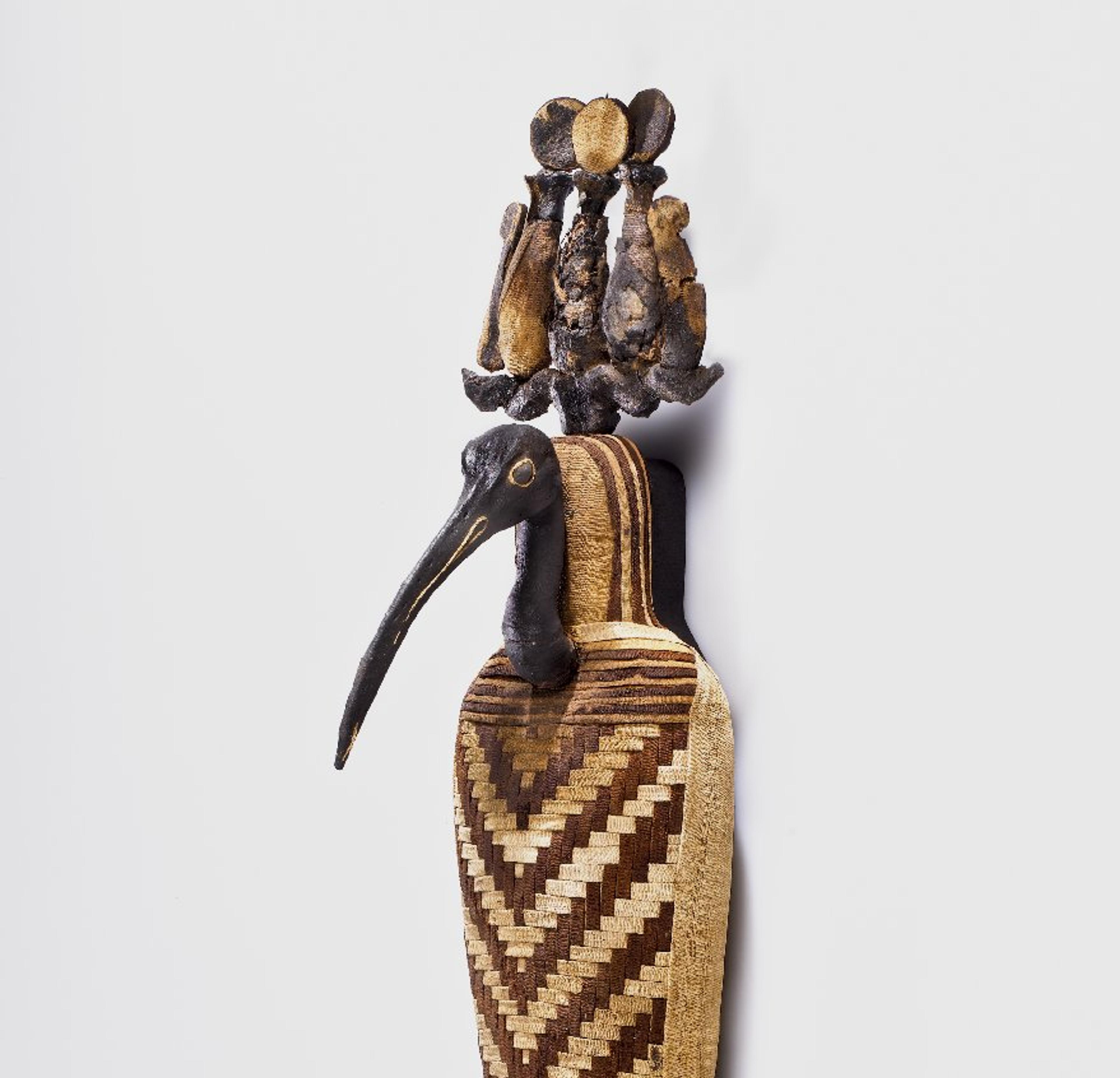
Seydou Keïta: A Tactile Lens
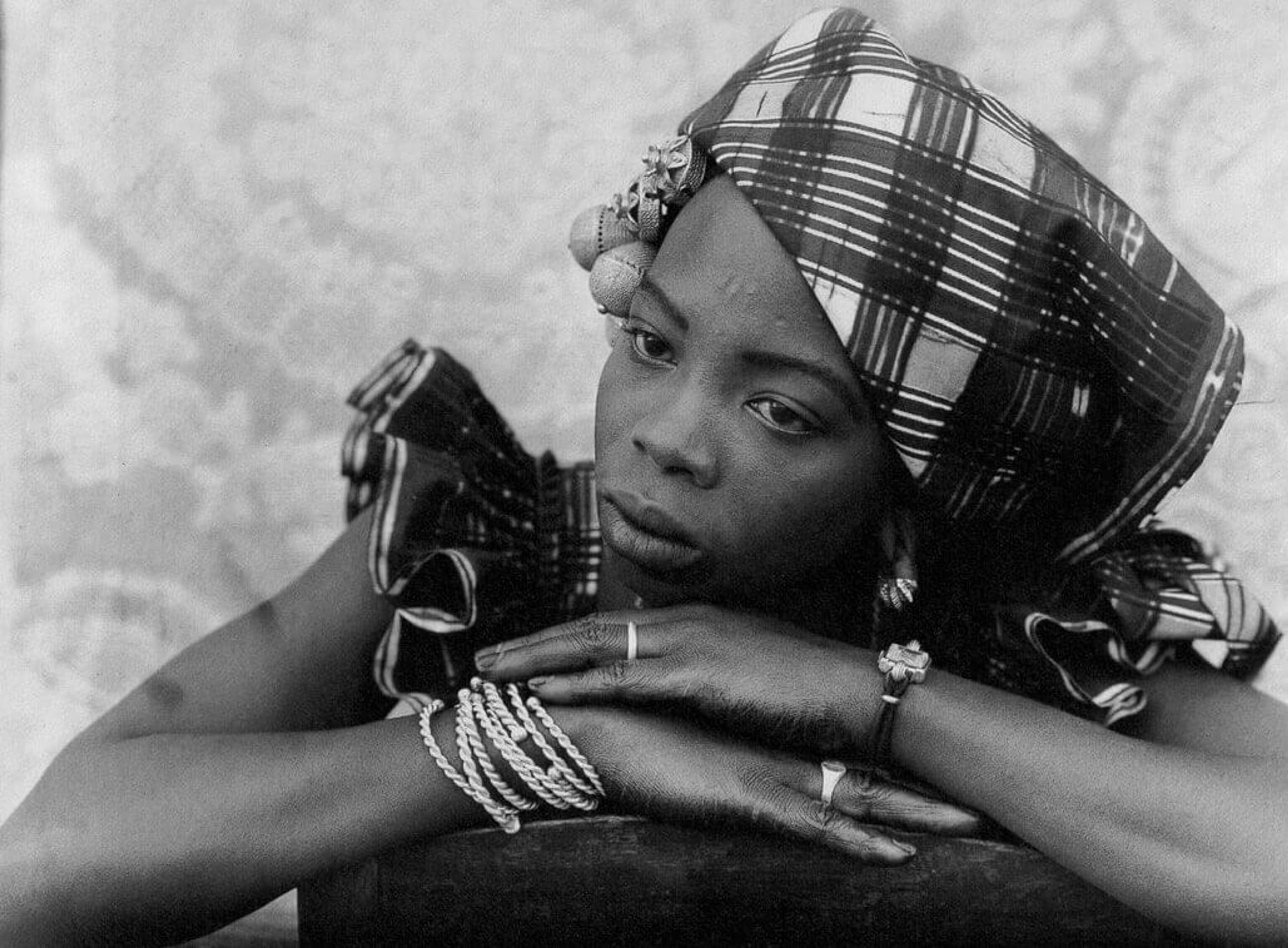
Interested in bringing an exhibition to your institution? Contact us at exhibitions@brooklynmuseum.org .